Let's not over-concrete cities – let's protect the locations of rare and interesting plant species in the area of Kraków
The protection and reasonable use of biodiversity in urban areas consist in undertaking management measures that will ensure conditions for human life while ensuring the survival of other living organisms, including even common or synanthropic ones. Sustainable urban development should take into account the preservation of the biodiversity reservoirs in the form of "green" areas and the ecological criteria for their shaping.
Contrary to popular beliefs about the city, as an area with intensive residential and industrial development, it often contains areas of natural value, i.e. diversified in terms of habitats and inhabited by interesting species of plants and animals. This was confirmed, among others, by the survey carried out recently in Kraków by scientists from IB PAS, during which new localities of rare and/or endangered plant species were found: Gagea minima (Liliaceae), Stellaria pallida (Caryophyllaceae), and Botrychium lunaria (Ophioglossaceae).
One of the most interesting places on the map of Kraków is the ecological area "Dolina Potoku Olszanickiego – Łąki Olszanickie", located in the western part of the city, in the VII Zwierzyniec district. According to the floristic and phytosociological study carried out by the scientists from IB PAS, there are naturally valuable phytocoenoses such as rush meadow Scirpetum sylvatici, thistle meadow Cirsietum rivularis, and beaked sedge rush Caricetum rostratae. The main threats to this area are the natural succession and degradation of communities resulting from the cessation of extensive use of meadows and the expansion of invasive goldenrod species: Solidago gigantea and S. canadensis. The aspect increasing the value of the investigated ecological area is its location within one of the so-called ventilation corridors of the city, running from the west to the center, which was indicated in the Study of the conditions and directions of the spatial development of the city of Kraków from 2014. The geographical location of Kraków in the Vistula valley, sheltered by hills on the south, north, and west side contributes to the creation of specific climatic conditions, characterized by, inter alia, frequent inversions of air temperature and poor horizontal and vertical natural ventilation, which significantly worsens the air condition in the city. The protection of natural plant communities in the ecological area and limitation of the urbanization process will allow maintaining the continuity of one of the main ventilation corridors in Kraków, thus directly affecting the quality of life of its inhabitants.
Within the administrative borders of the city of Kraków, there are a total of 15 ecological areas protecting natural and semi-natural communities, including alder riparian forests, oak-hornbeam woodland, fresh meadows, wetlands and variable wet meadows, and xerothermic grasslands. These areas play an important role as a refuge of biological diversity, being places of existence and reproduction of many rare and endangered species of animals, mainly birds and amphibians, occurring in the valleys of Vistula, Prądnik and Bibiczanka rivers, as well as insects associated with water reservoirs and xerothermic grasslands. We encourage you to visit these interesting parts of Kraków, where nature is still well preserved.
See also the original articles:
Nikel A., Szczepaniak M. 2020. Flora i zbiorowiska roślinne użytku ekologicznego "Dolina Potoku Olszanickiego – Łąki Olszanickie" w Krakowie. Fragmenta Floristica et Geobotanica Polonica 27: 585–613. DOI
Paul W. 2020. Stellaria pallida (Caryophyllaceae) – nowe znalezisko dla flory Krakowa i skrajnie wschodnie współczesne stanowisko w Polsce. Fragmenta Floristica et Geobotanica Polonica 27: 671–676. DOI
Szczepaniak M., Nikel A., Paul W., Musiał L., Nęcka B. 2020. Charakterystyka występowania i stan zagrożenia Gagea minima (Liliaceae) na terenie miasta Krakowa. Fragmenta Floristica et Geobotanica Polonica 27: 567–584. DOI
Zarzyka-Ryszka M., Ryszka P. 2020. Nowe stanowisko Botrychium lunaria (Ophioglossaceae) w Krakowie na tle danych historycznych. Fragmenta Floristica et Geobotanica Polonica 27: 647–654. DOI
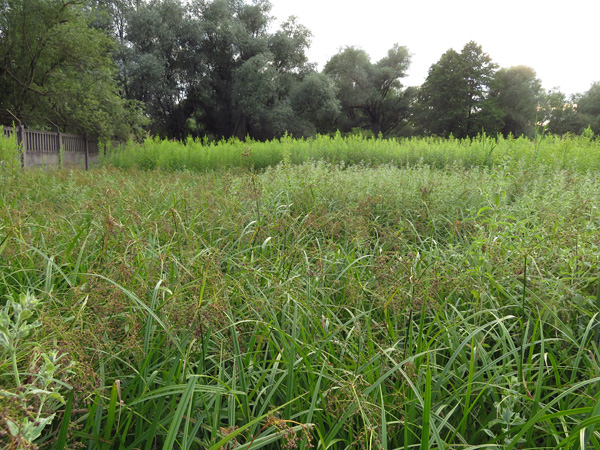
The "Dolina Potoku Olszanickiego – Łąki Olszanickie" ecological area: beaked sedge rush Caricetum rostratae.
Photo: A. Nikel.
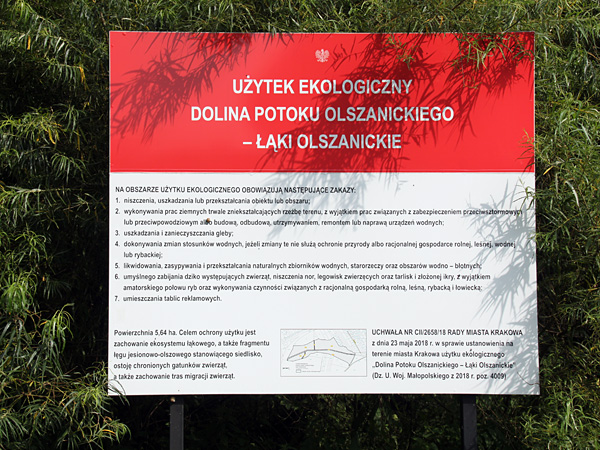
Information board for ecological area "Dolina Potoku Olszanickiego – Łąki Olszanickie".
Photo: M. Szczepaniak
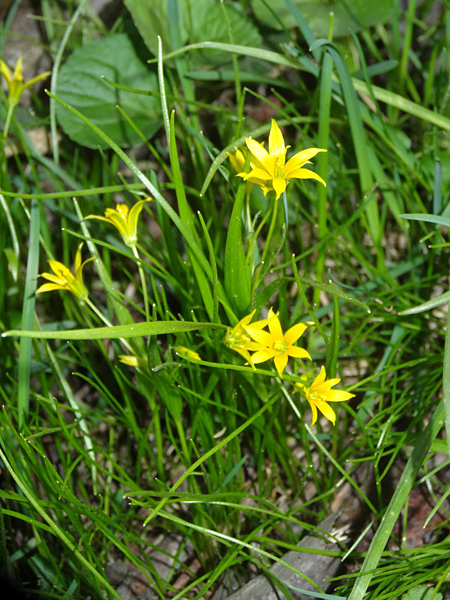
Gagea minima (Liliaceae).
Photo: W. Paul.
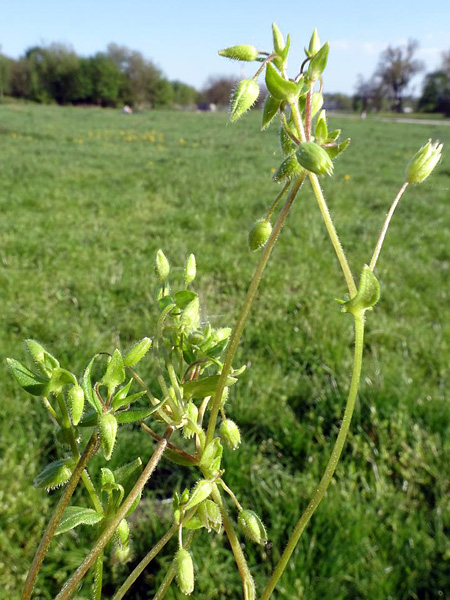
Stellaria pallida (Caryophyllaceae) – cleistogamous flowers and fruits.
Photo: W. Paul.
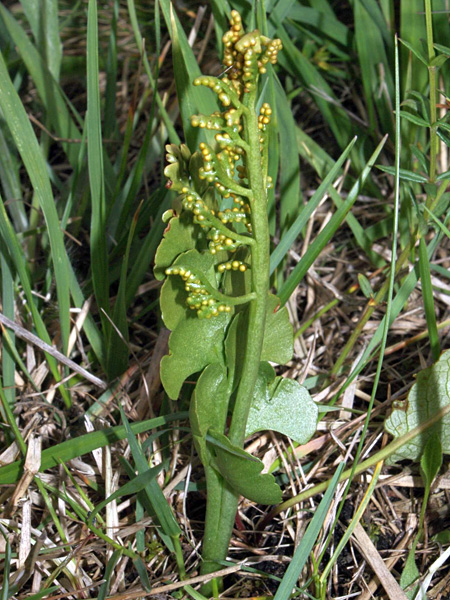
Botrychium lunaria (Ophioglossaceae).
Photo: W. Paul.






